Everyone knows dog toys are essential for keeping canines engaged and healthy.
But what are they, exactly?
In this cheatsheet, you’ll find a complete guide to every type of dog toy, from chew essentials to DIY delights.
Some are built tough for aggressive chewers.
Some double as training aids.
Some boost mental stimulation in minutes.
Some you can craft at home on a budget.
Some will save you money while keeping tails wagging.
Let’s dive right in.
Introduction to Dog Toys
Dog toys aren’t just fun—they’re vital tools for your pup’s physical health and mental well-being. A balanced toy collection supports exercise, relieves boredom, promotes healthy chewing habits, and can even serve as a tool for training. In fact, studies show that mentally stimulating games can burn as many calories as a 30-minute walk, helping to curb destructive boredom behaviors.
Whether you’re welcoming a teething puppy, managing an active adult dog, or providing gentle enrichment for a senior, this guide covers every angle—from materials and safety to expert recommendations and DIY projects. Ready to build your perfect toy box? Keep reading or jump to any section below.
Types of Dog Toys
Dog toys come in a wide variety of shapes, sizes, and functions. Here’s a breakdown so you can pick the right mix:
Chew Toys
Perfect for teething puppies and power chewers, chew toys satisfy natural gnawing urges and help scrape plaque. Look for:
- Rubber classics like the Kong Classic—fillable with treats for extra engagement.
- Industrial-strength nylon bones like Goughnuts with built-in safety indicators.
- Edible chews such as bully sticks or marrow bones, rich in nutrients but best supervised.
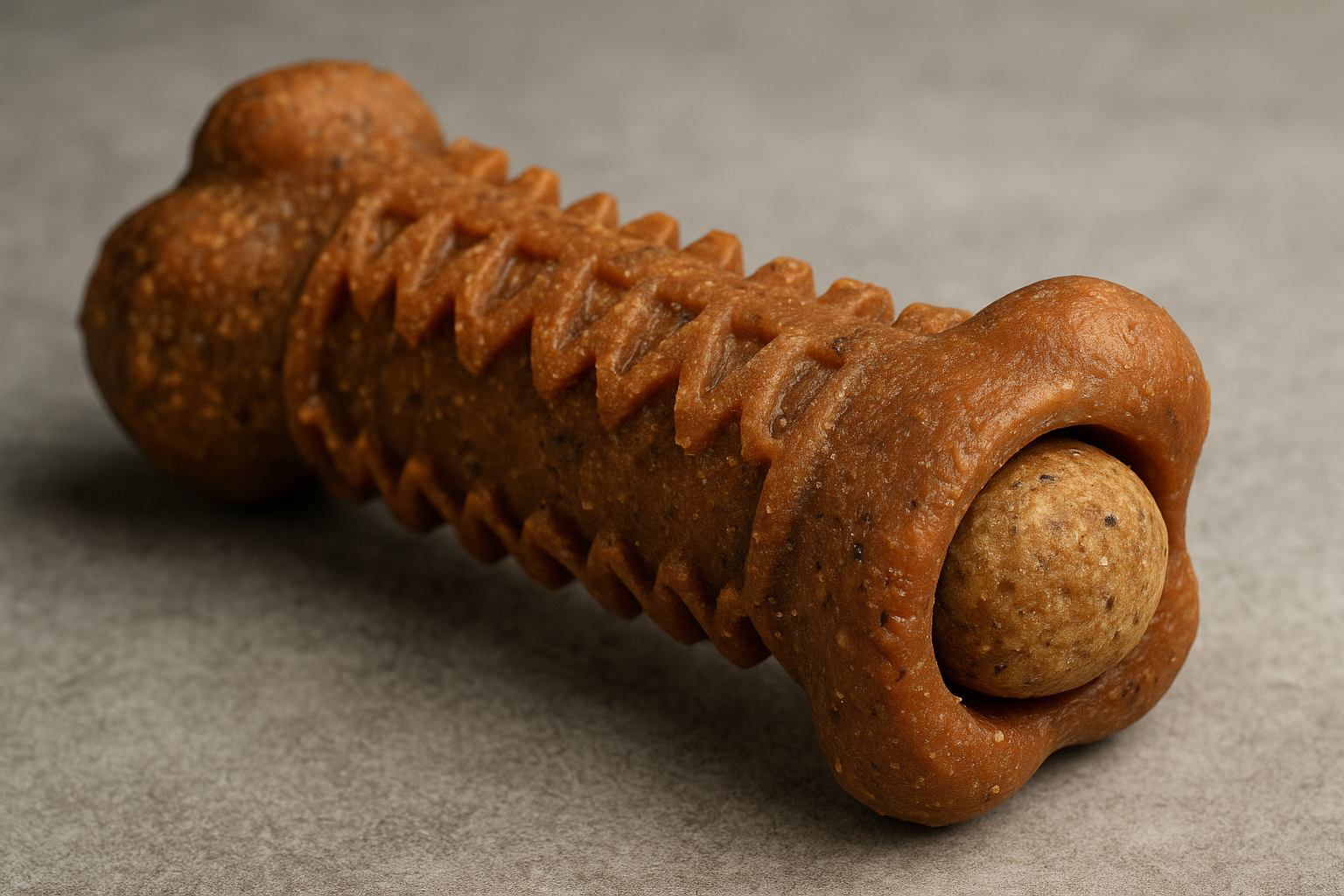
Fetch & Retrieval Toys
For high-energy pups who love a good chase:
- Tennis balls and Chuckit! Ultra Balls—buoyant, high-bounce, and great for water fetch.
- Frisbees and rubber discs like the Kong Flyer—gentle on teeth and durable.
- Automatic ball launchers for hands-free play.
Puzzle & Interactive Toys
Puzzles challenge your dog’s problem-solving skills. Fifteen minutes of mental games can match a half-hour run in calorie burn. Popular options include:
- Nina Ottosson Dog Tornado by Outward Hound—spin levels to uncover hidden treats.
- PetSafe Busy Buddy Twist ’n Treat—adjustable openings to scale difficulty.
- High-tech interactive balls and feeders that move autonomously to mimic prey.
Pro tip: For treat-dispensing puzzles, use small pieces of quality kibble so playtime can double as mealtime. If you’re evaluating options, this guide to healthy dry dog food explains what to look for.
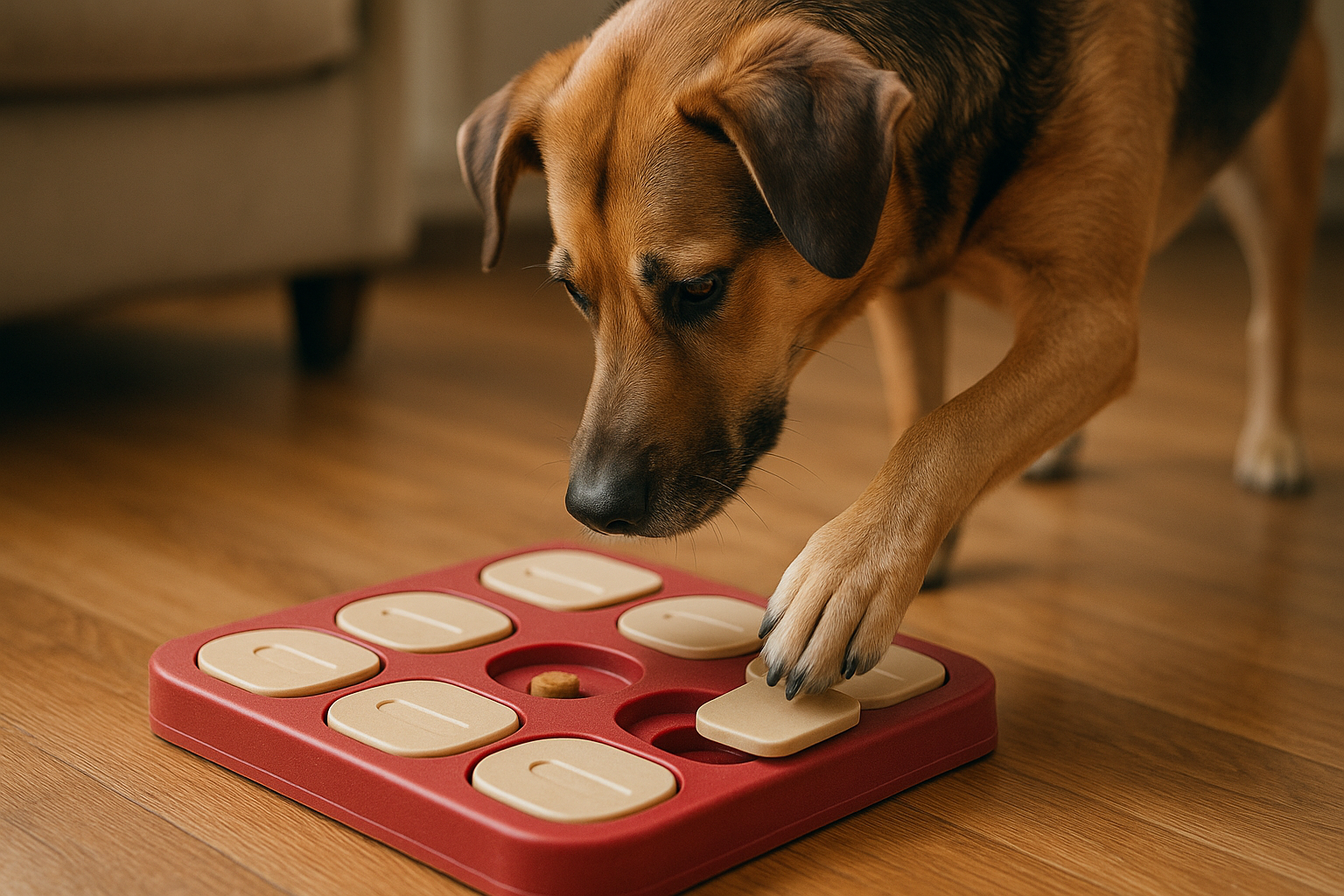
Plush & Comfort Toys
Soft toys with squeakers satisfy gentle chewers and cuddlers:
- ZippyPaws Squeakie Pup—multiple squeakers for extra excitement.
- Outward Hound Hide-A-Squirrel—blend of plush and puzzle, hide squeaky squirrels.
Squeaky & Noise-Making Toys
Auditory stimulation can capture your pup’s attention instantly, but supervise carefully to prevent ingestion of small parts.
Specialty Categories
- Water Toys: Floating fetch tools ideal for swimming sessions.
- Treat-Dispensing Toys: Great for meal replacement—use frozen wet food to extend play. When using kibble, choose a high-quality option; this guide to healthy dry dog food explains what to look for.
- Eco-Friendly Toys: Made from recycled materials for the eco-conscious pup.
- Tech-Driven Toys: App-controlled launchers and motion-activated playmates.
Key Factors When Choosing Dog Toys
Selecting the right toy depends on your dog’s unique profile. Consider these crucial factors:
Size & Durability
A toy must be large enough to avoid choking but small enough to be handled comfortably. Test durability by applying pressure—heavy chewers need industrial-grade rubber.
Material Safety
Look for non-toxic, BPA-free, and phthalate-free certifications. Avoid sharp edges or low-quality plastics. Natural rubber, food-grade nylon, and untreated cotton ropes are top picks.
Breed, Age & Chewing Style
Puppies need softer, teething-safe toys, while adult and senior dogs might prefer firmer or more complex options. Small breeds often need lighter weight toys, whereas large breeds require beefier construction.
Ease of Cleaning
Hygiene is key. Mold and bacteria love moist crevices. Opt for dishwasher-safe or machine-washable options, and schedule a weekly wipe-down with pet-safe disinfectant.
Value & Budget
Higher upfront costs often translate to longer lifespan. Balance price per use and consider subscription boxes to rotate toys cost-effectively. For inspiration on budget DIY solutions, see Care.com.
Top Dog Toys by Category
Here are expert-recommended toys for every play style.
Best Chew Toys for Heavy Chewers
- Kong Extreme: Ultra-durable rubber—freeze with wet food for a longer challenge.
- Goughnuts Ring: Safety indicator shows when it’s time to replace.
- Frozen Marrow Bones: Fill with wet food and freeze—long-lasting and naturally nutritious.
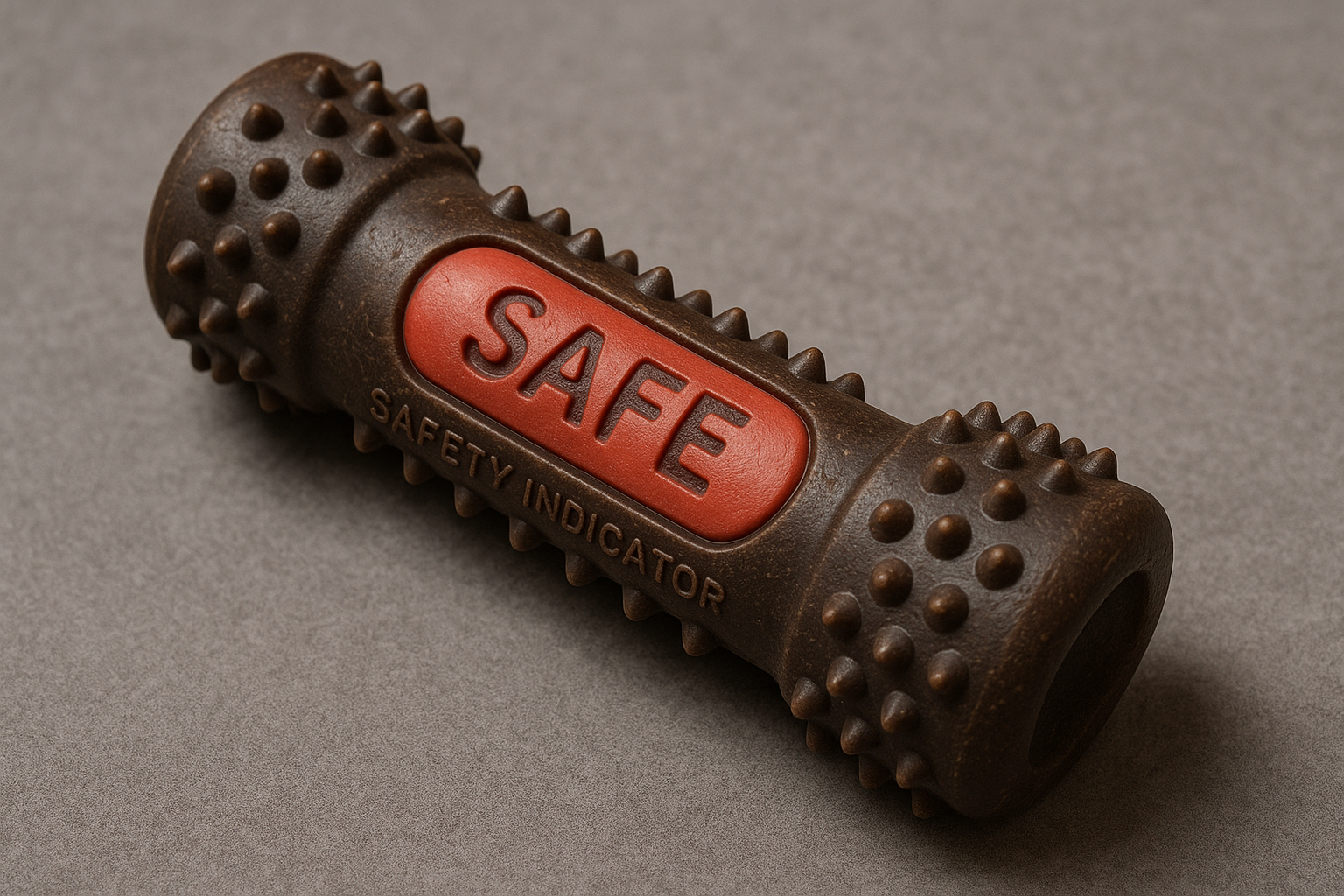
Embed tutorial: learn why food-filled frozen Kongs top the charts for safety and engagement:
Best Puzzle Toys for Mental Stimulation
- Nina Ottosson Dog Tornado: Multiple spinning levels challenge your pup.
- PetSafe Busy Buddy Twist ’n Treat: Adjustable openings control difficulty.
- Mad Scientist by Trixie: Rotate tubes to dispense treats—paw power required.
Find interactive enrichment options on Amazon for high-quality puzzles.
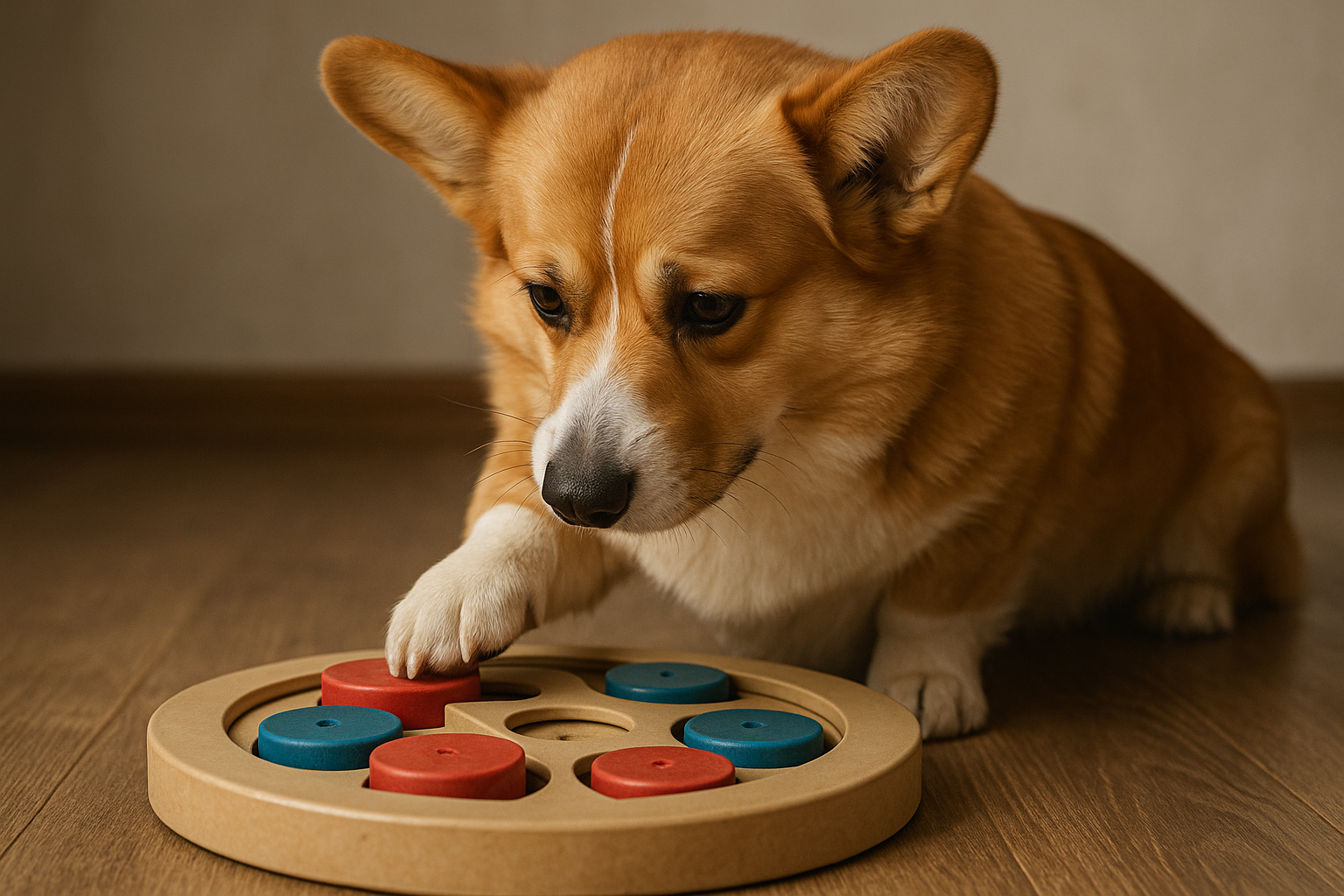
Best Plush Toys for Gentle Chewers
- ZippyPaws Squeakie Pup: Multiple squeakers hide inside a soft body.
- Outward Hound Hide-A-Squirrel: Combines plush comfort with puzzle fun.
Best Fetch Toys for Active Play
- Chuckit! Ultra Ball: Durable, high-bounce, and water-friendly.
- Kong Flyer: Flexible, gentle on teeth, and reliable flight.
Best Interactive Toys for Solo Entertainment
- PetSafe Automatic Ball Launcher: Hands-free exercise.
- iFetch Interactive Ball Launcher: Compact design for indoors and outdoors.
DIY Dog Toy Ideas
Get creative with household items—no sewing machine needed. The average dog toy costs $10–20, but you can DIY for under $2. Here are crowd-pleasers sourced from Care.com and Reddit community tips:
Recycled T-Shirt Rope Toy
Braid three old T-shirts into a sturdy tug rope. No-sew, high-fun—just cut into strips, knot, braid, and finish with tassels. See our step-by-step under the Main Blog Page.
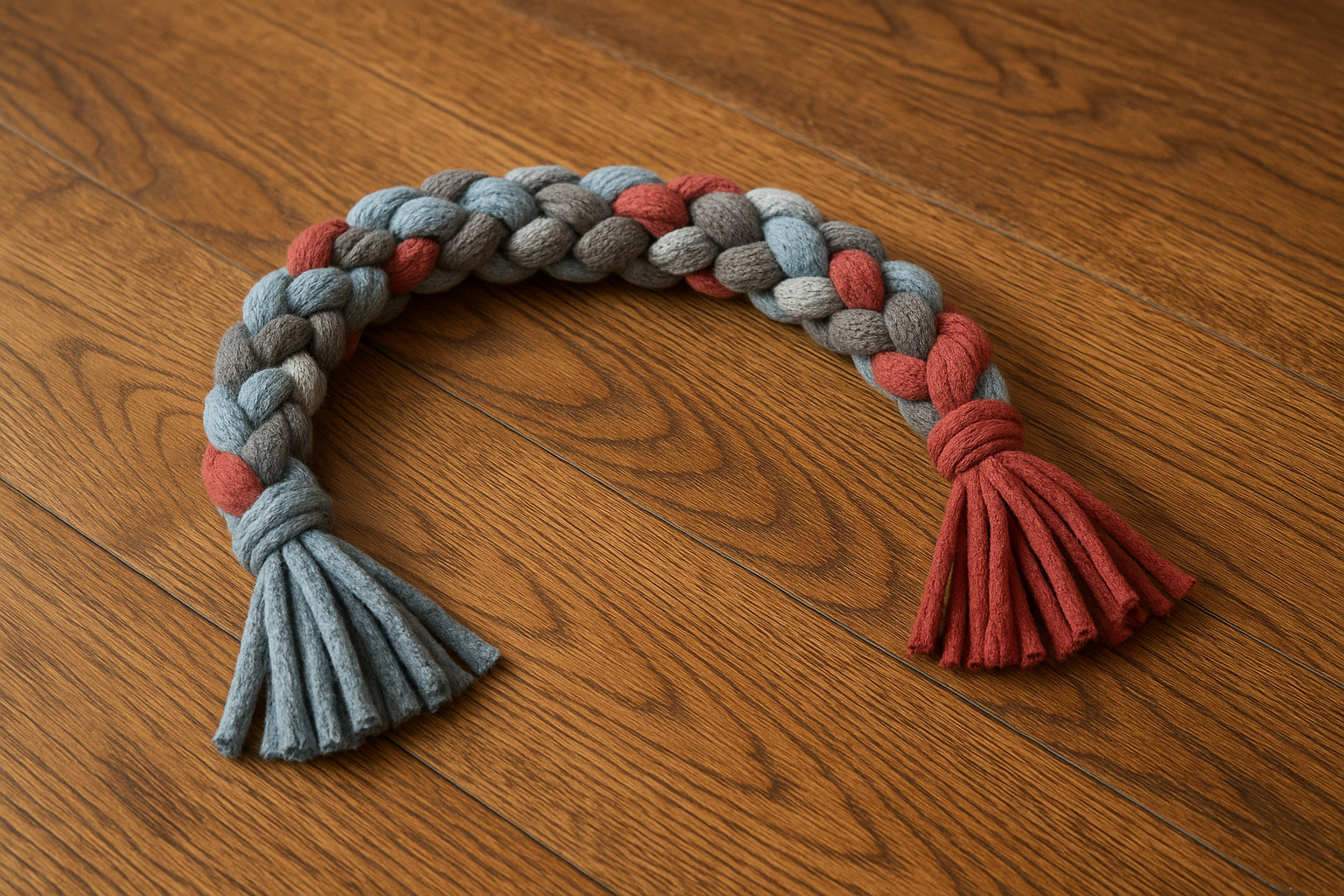
DIY Treat Dispenser
Use a PVC pipe with sanded holes and end caps to hide kibble. Your dog must work to knock treats out. Assembly requires drilling; clean in the dishwasher afterward for hygiene.
Plastic Bottle Tug
Slip an empty water bottle (cap and ring removed) into a sock, tie ends, and let your dog enjoy the crinkle. Supervise to prevent ingestion of plastic fragments.
Frozen Yogurt Bites
Mix ½ cup yogurt, ½ cup applesauce, optional cinnamon. Pour into silicone molds and freeze. A three-ingredient cool reward on hot days.
Dehydrated Sweet Potato Rings on Rope
Slice sweet potatoes, corer centers, bake into chewy rings, then string onto a rope for a bite-and-play toy.
Introducing and Rotating Toys
Keep play exciting by rotating toys every 5–7 days. Store half in a bin, swap out, and mix chew, fetch, and puzzle in each cycle. To introduce a new toy:
- Present during calm downtime.
- Demonstrate play—squeak or roll.
- Reward curiosity with treats and praise.
- Supervise initial interactions to ensure safety.
Cleaning & Maintenance
Hygiene prevents mold and bacteria buildup. For plastic and rubber toys, soak in a 1:1 white vinegar solution for 30 minutes, scrub, rinse, and air-dry. For fabric and plush, machine-wash on gentle cycle and air-dry. Learn how to tackle moldy Kongs safely from Reddit.
Inspect toys weekly; retire any with cracks, loose parts, or exposed stuffing.
Conclusion
Choosing the right dog toys means understanding your pet’s age, breed, chewing style, and play preferences. By balancing durability, safety, and novelty—plus a splash of DIY—you’ll create a stimulating and joyful playtime routine. Rotate toys to keep interest high, clean regularly for health, and swap in new challenges as your dog grows.
For more pet care insights and recipes—like our top tips on dog food nutrition—visit us anytime. Happy playing!



